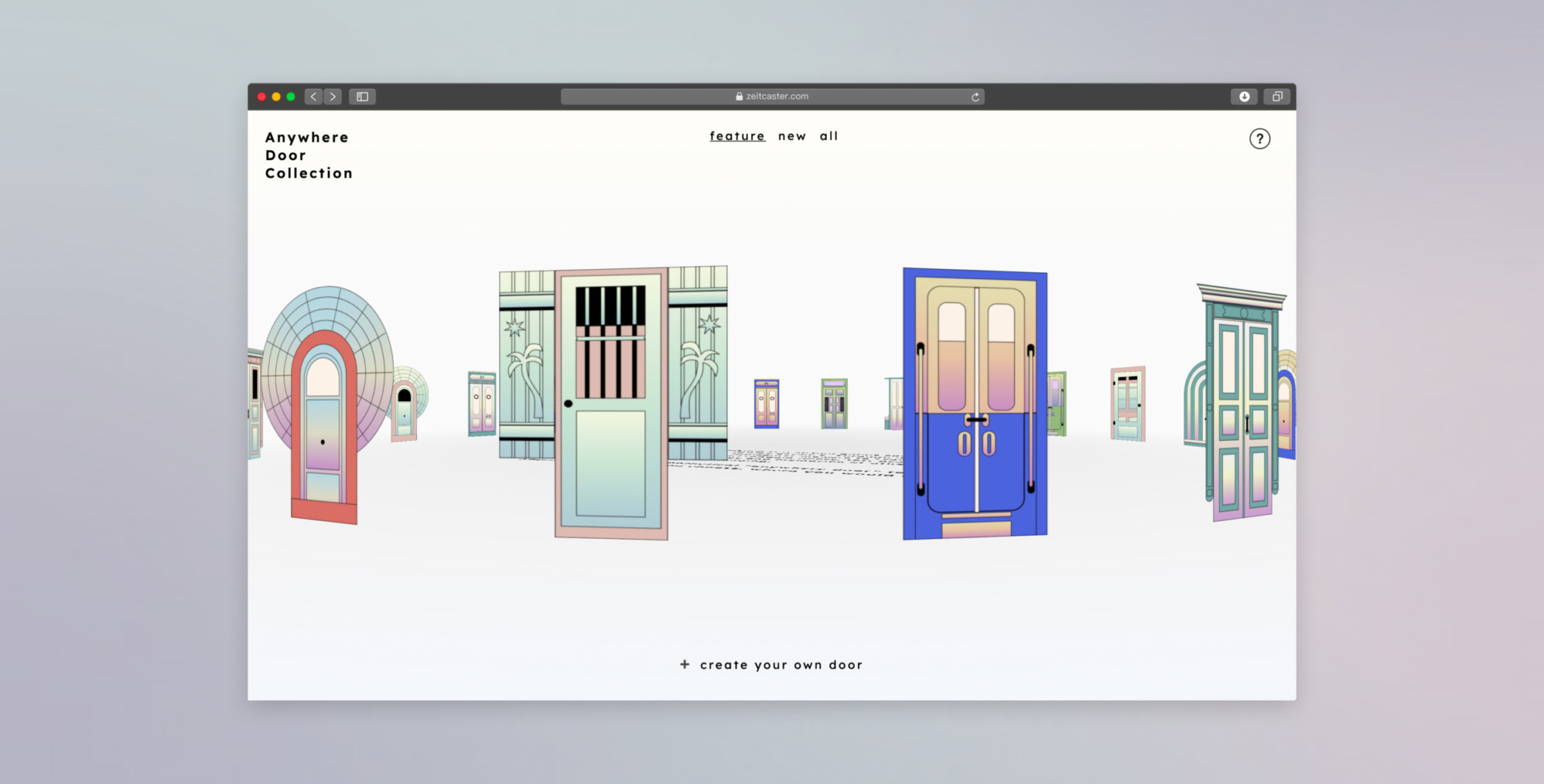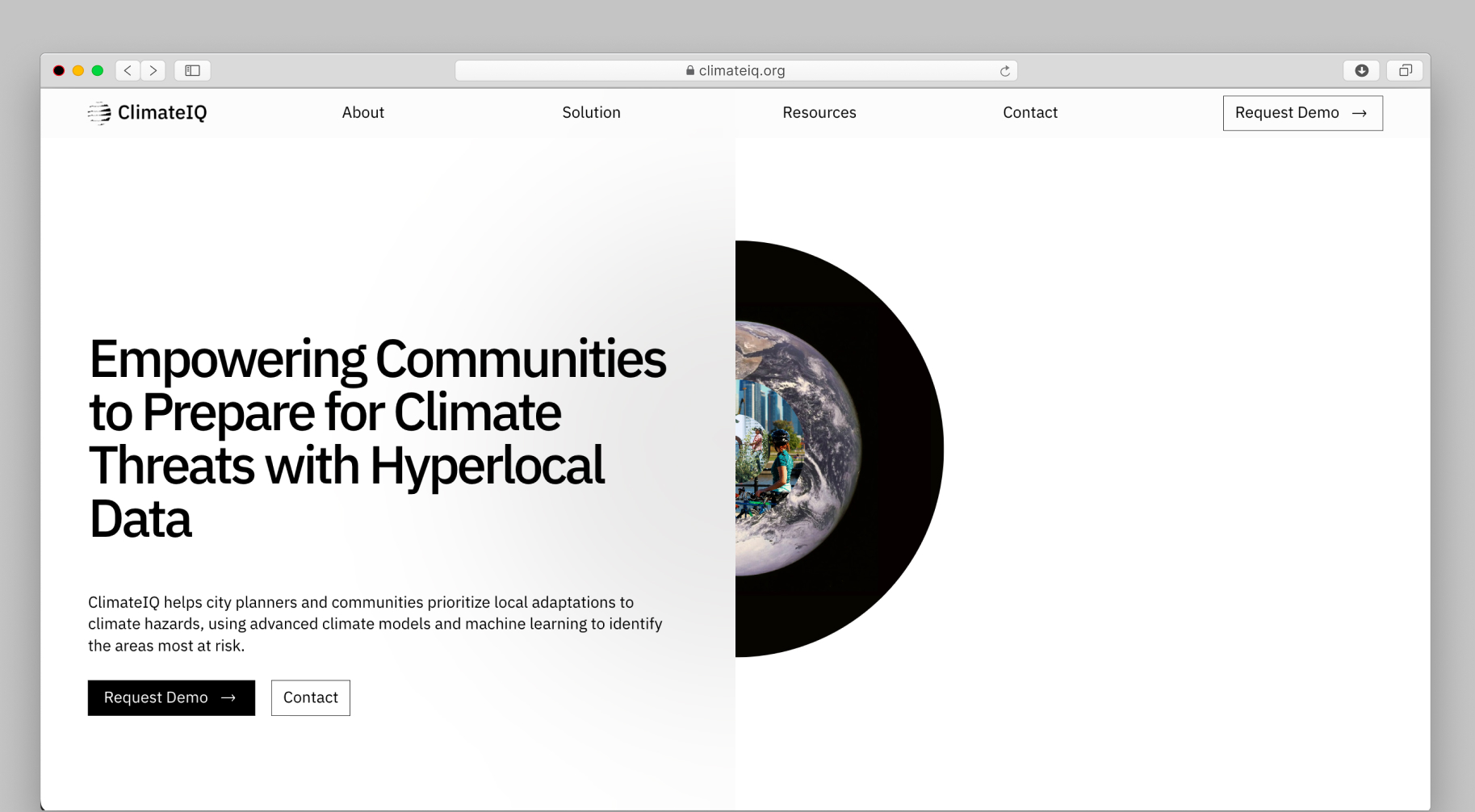We recently connected with Qingyi Li and have shared our conversation below.
Alright, Qingyi thanks for taking the time to share your stories and insights with us today. We’d love to hear about when you first realized that you wanted to pursue a creative path professionally.
I don’t think there was a single defining moment when I decided to pursue a creative path—it felt more like something that had always been there, shaping how I saw the world. As a child, I was constantly creating stories. On the way to school, in the library or sitting in a café, I would watch people and start piecing together their lives in my mind. A quick glance, a slight hesitation, an unfinished cup of coffee—I would take these small details and weave them into narratives. It wasn’t just about imagining who they were, but understanding how their stories might unfold. I loved sharing these ideas with my friends, watching how they reacted, how they added their own interpretations. It made me realize that storytelling wasn’t just something I did—it was how I connected with people.
At first, I wanted to write these stories down, but the ideas were always too vast, too layered. I realized I needed a medium that allowed me to capture a story in a single moment—something that could convey an entire narrative in a visual, immersive way. I then started exploring illustration, looking for ways to condense entire narratives into a single frame or an experience. That curiosity eventually led me to Rhode Island School of Design, where I refined my approach, learning how to use design as a way to tell stories that felt immersive and personal.
That same storytelling instinct has always shaped my work today. Whether designing interactive experiences, collaborating on projects like Anywhere Door Collection or CulturaSphere, or working on platforms that bring people together, I still approach every project the same way I did when I was younger—by looking for the story within it. I don’t think I ever ‘chose’ to pursue this path. It was just something I always did, and over time, I found a way to turn it into something tangible, something I could share with others.
Over time, some of these projects reached a wider audience, and I was fortunate to see them recognized through exhibitions and industry awards. Working at Google has also given me the opportunity to contribute to designs that impact millions of users. But what matters most to me is knowing that my work resonates with people and supports them in their daily lives—that someone can see a piece I’ve designed and feel a connection, a sense of ease, or a moment of familiarity.

Great, appreciate you sharing that with us. Before we ask you to share more of your insights, can you take a moment to introduce yourself and how you got to where you are today to our readers.
My journey into design has always been driven by storytelling and a deep interest in human experience. I began with illustration, gradually expanding into digital design, UX, and interaction design—where I blend storytelling with functionality to create intuitive and meaningful experiences.
Today, my work focuses on UX design, digital storytelling, and design systems, shaping experiences that make complex information more accessible. At Google, I’ve contributed to large-scale cloud design systems that serve all cloud users. Beyond my professional work, projects like Anywhere Door Collection and CulturaSphere explore how design connects people to culture and memory. Some of these projects have been exhibited internationally and recognized with Muse Creative Awards, Vega Awards, and Graphis Award.
What matters most to me is creating work that people connect with—whether by simplifying everyday interactions, fostering a sense of connection, or sparking curiosity. Good design should feel effortless, allowing people to focus on what’s truly important to them.

Is there something you think non-creatives will struggle to understand about your journey as a creative?
Creativity isn’t just a skillset or a title—it’s a way of thinking, of seeing, of making sense of the world. Yet, creatives are often asked to define themselves in simple terms: ‘What kind of artist are you?’ as if we are products with a clear target audience and fixed value. But creativity isn’t that rigid. It’s not about staying within the boundaries of a single discipline but about exploring ideas in the way they need to be expressed.
As a designer, my work spans UX, digital storytelling, and system design, but I don’t see those as limits—they are tools to bring ideas to life. Some projects take the form of interactive experiences, like Anywhere Door Collection, while others, like CulturaSphere, use design to connect people to culture and memory. At Google, I contribute to large-scale design systems that shape the way millions interact with technology. What ties everything together isn’t a title but a focus on creating work that is intuitive, meaningful, and impactful. Creativity is fluid, and the best work happens when we move beyond labels and let ideas lead the way.

In your view, what can society to do to best support artists, creatives and a thriving creative ecosystem?
A thriving creative ecosystem starts with recognizing that art and design are not just aesthetics but essential to culture, innovation, and everyday experiences. Society often values creativity through commercial success or predefined categories, but true creative work thrives when artists and designers are given the freedom to explore beyond labels.
Supporting creatives means ensuring fair compensation, investing in creative education, and fostering an environment where experimentation is encouraged. It’s about valuing design not just as an industry but as a discipline that shapes how people interact with the world—whether through technology, storytelling, or cultural expression. The best support comes from creating opportunities where artists and designers can push boundaries, contribute meaningfully, and develop work that resonates on a broader scale.
Contact Info:
- Website: https://www.qingyi-li.com/
- Linkedin: https://www.linkedin.com/in/qingyi-li-aaa012116/




